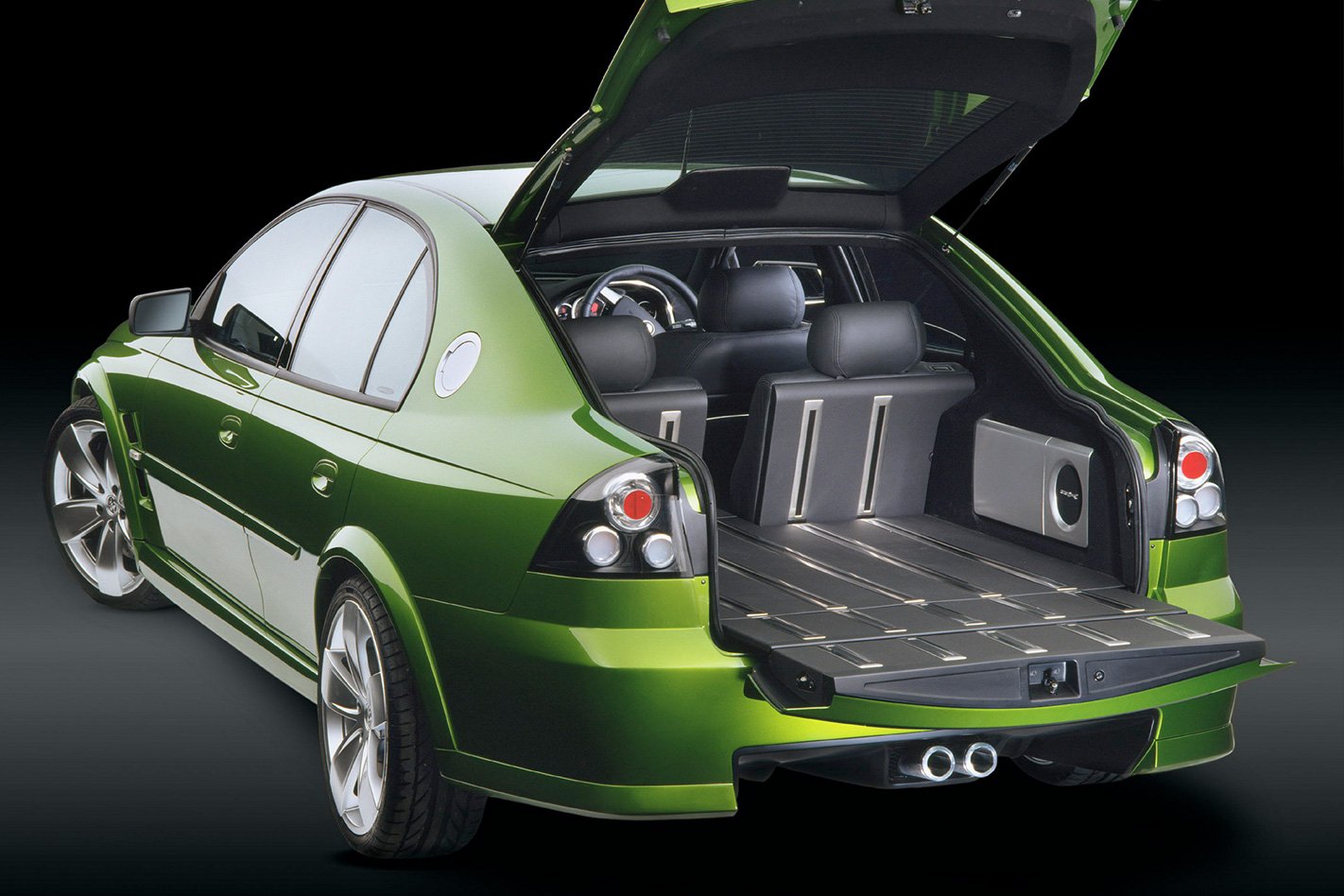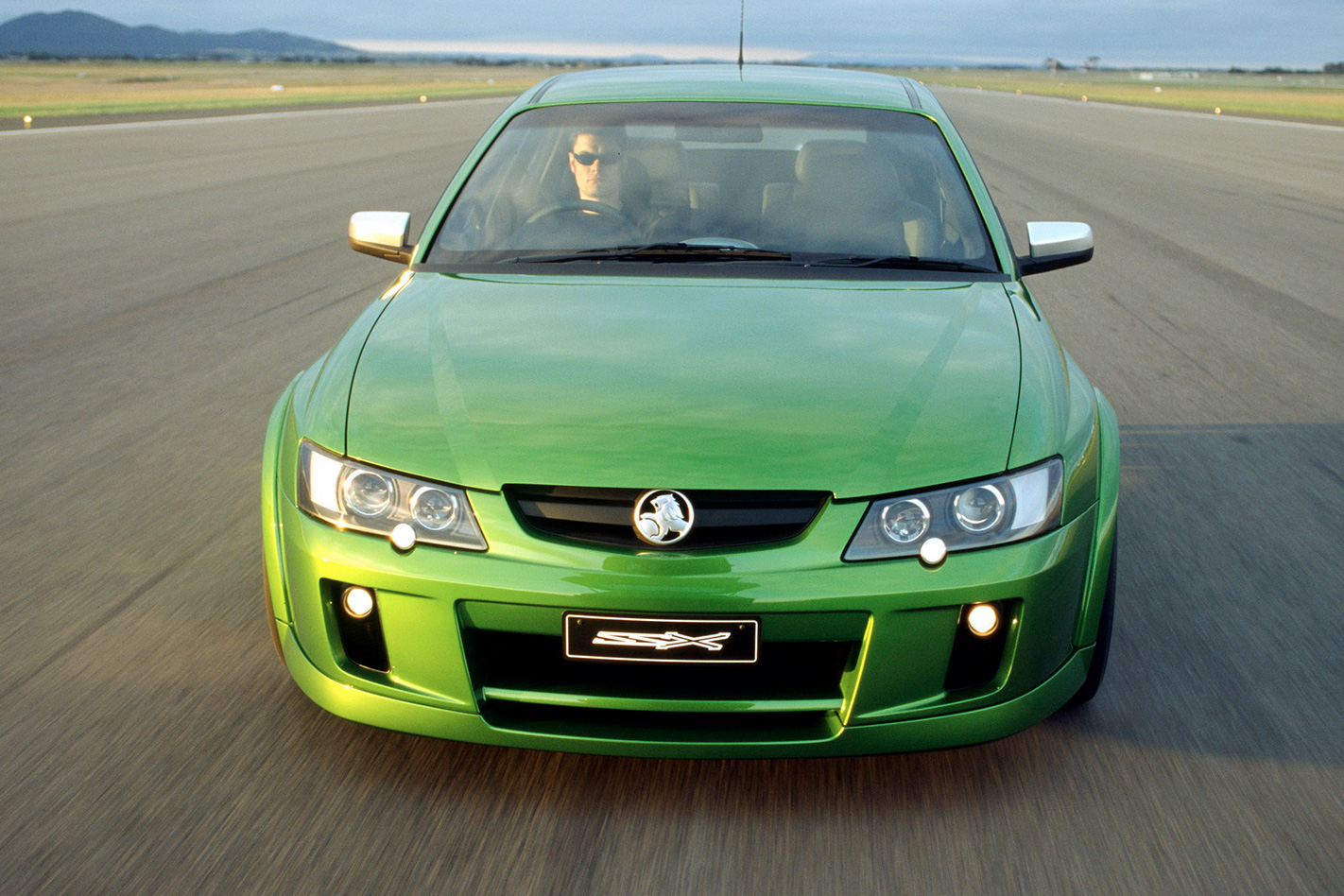GLANCE at the shots accompanying our latest look back at Australia’s best concepts and you would be forgiven for thinking it’s a worked over VY or VZ Commodore, and not the product of Holden’s off-the-leash design team.
While many previous instalments in our Australia’s Best Concepts series have reviewed outlandish show cars, unapologetic designs, and mechanicals that were even more unlikely to make production than its styling, the 2002 SSX looked restrained for good reason.
In just one concept, Holden was offering a glimpse at a number of significant developments within the lion brand ranks, including the introduction of four-wheel drive and the possibility of a new home-grown hatchback.
Instead of simply throwing a new transmission under a standard Commodore and being done with the transition to all-paw, the Holden design team decided to have a little more fun and based the new technology around a concept vehicle – the metallic green machine you see here.
Its flared wheel arches with extensions weren’t just for show. It housed a 54mm widened track at the front end and a rear that sat 93mm fatter to accommodate the all-wheel drive bits as well as increasing stability with its wider stance.

That car would also be followed by other all-paw Commodore-based models such as the polarising HSV Coupe4, and the adoption of four-wheel drive is widely known.
But the SSX’s most obvious feature was its lift-back boot that hinted at Holden’s intention to deliver another notable first for the company – a new Commodore-sized hatchback.

Far from a simple chop-shop mod, the new boot arrangement was a complex rethink of the VY tail with the rear glass panel shifted 200mm rewards for a more coupe roofline, complemented by broad C-pillars with more Monaro magic.
At the time, the SSX’s designer Max Woolf revealed that, while the car was destined to remain a concept, many design touches would filter into upcoming models. But what about its defining feature?

As it happened, the Torana name was not resurrected but the possibility of a hatchback Commodore was still dashed by a new range addition and the arrival of the imported Vectra C, which was offered as a sedan, hatchback, and wagon.
When the VZ Commodore succeeded the VY it undoubtedly wore headlights, taillights, and interior cues that harked back to the concept, but the SSX was all but forgotten. Could things have played out differently?

Combined with the strength of utes and sedans, McLeave said an additional hatch offered a “heaven-sent opportunity.”
“It’s an area where other people aren’t specialising, certainly within GM,” he said.
Could Holden’s prospects and business model, including the state of local manufacturing, look different today if the SSX had evolved from concept to production?







